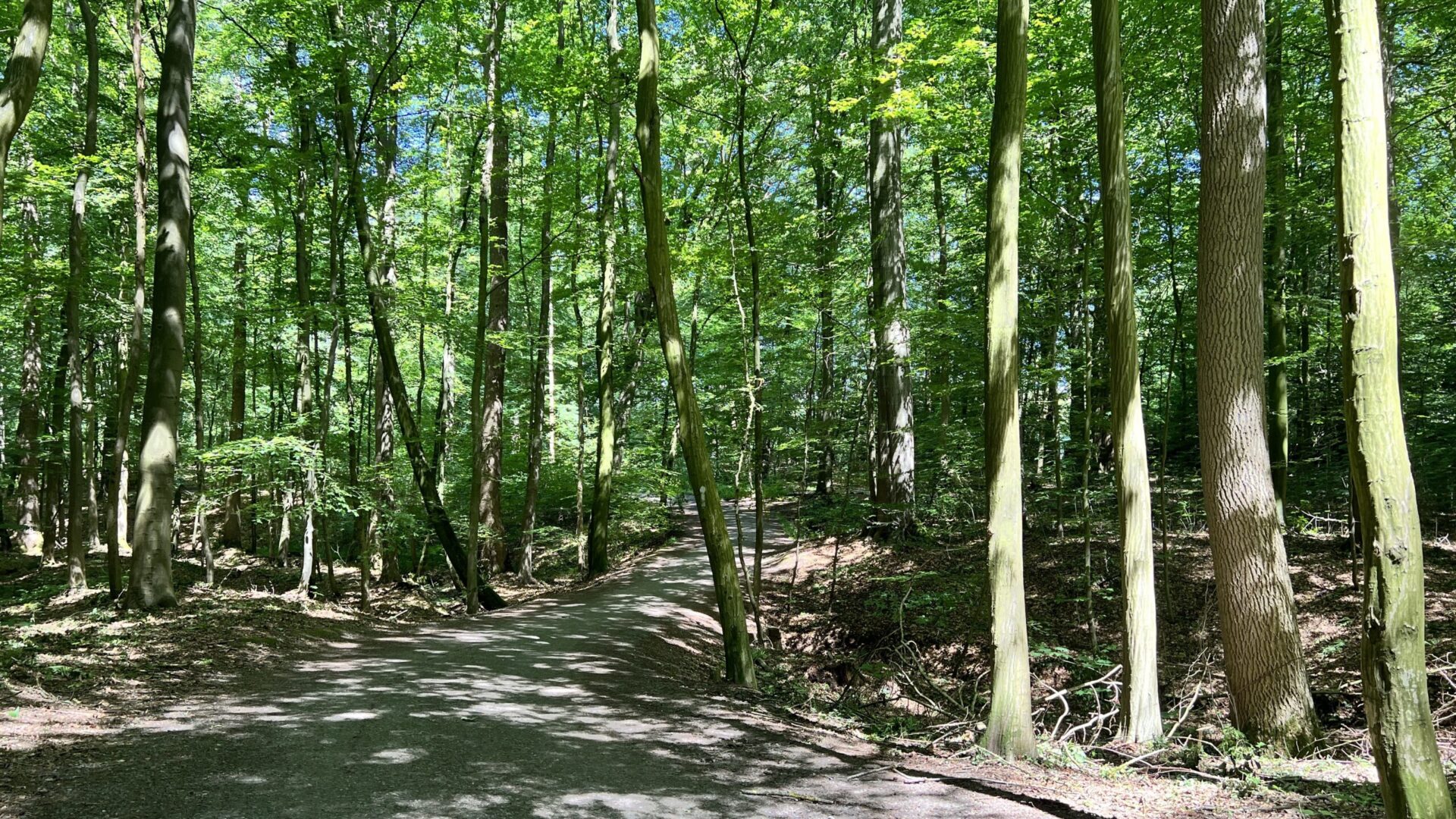Deep between the woods of the Rasteder palace park lies the "Wolfsschlucht"! But don't worry; you will most likely not have to fear any spooky encounters there.
The dramatic name "Wolfsschlucht" (Wolf Gorge) simply describes a tranquil, deeply incised valley on the northern edge of the park, through which flows a nameless narrow ditch that used to be called the "Mühlenbäke".
For many centuries, this stream, together with the "Hankhauser Bäke", provided the mill pond, located on the site of today's baths and whose water already drove the mill wheel of the Hankhauser water mill in the Middle Ages.
According to oral tradition, the name of the gorge is derived from a sinister scene from the opera "Der Freischütz" by Carl Maria von Weber: In the eerie "Wolfsschlucht", the so-called "Freikugeln" is poured, which never goes astray. Whoever hits the last one loses his soul to the devil. First performed in 1821, the opera quickly gained great popularity as it was very much in keeping with the romantic spirit of the time. At the time, Carl Maria von Weber's father had been chapelmaster of the Grand Ducal Residence in Eutin and, as such, also had close ties to the House of Oldenburg. Perhaps the name of this Rastede landmark can, therefore, actually be traced back to Weber's opera. Either way, a "Wolfsschlucht" (wolf gorge) in the terrain naturally fitted in wonderfully with the romantic attitude of the time. The valley ends at about the height of the residential adult education centre in a large, damp forest meadow. On its north side is an imposing group of trees, two pyramidal oaks next to a stately hanging willow. Originally, a thuja also belonged to it. Together they formed the kind of planting that was very popular in parks around 1870. By the way, a walk through the Wolfsschlucht is particularly attractive in spring, when almost the entire valley is covered with the white flowers of anemones.
